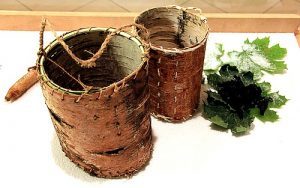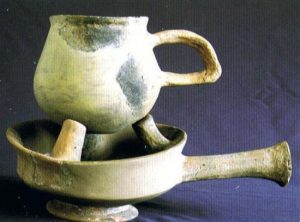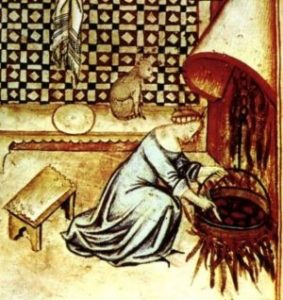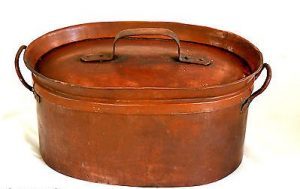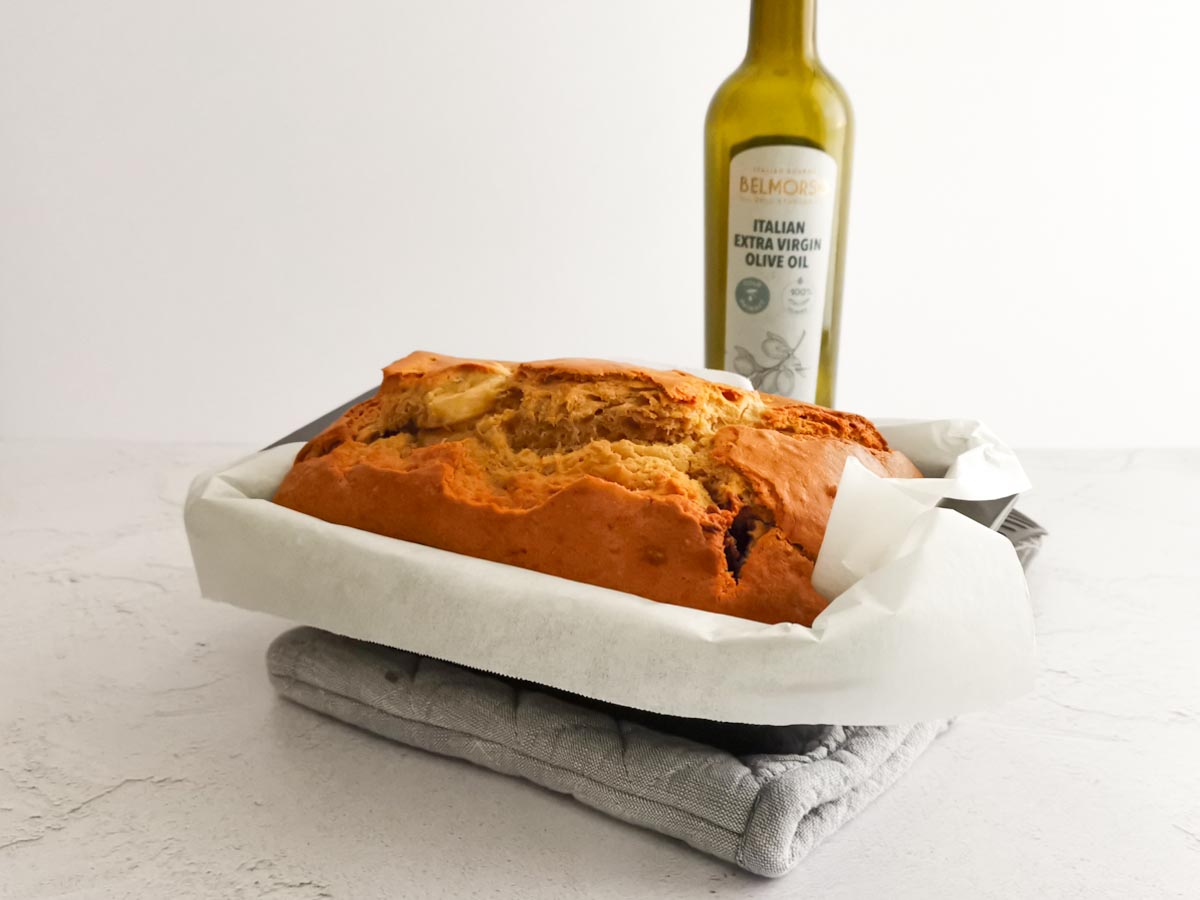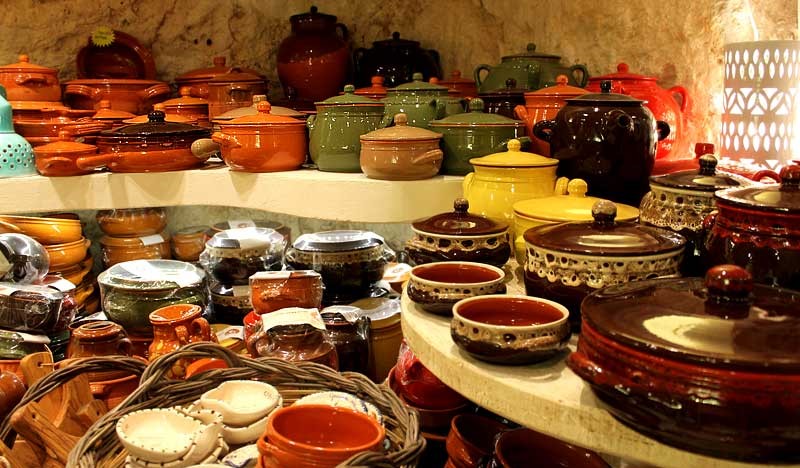
The Dinette Teller – 09. Pots and Cooking Materials
During the Stone Age and after the discovery of fire men began to create containers in order to cook food. The container needed to be waterproof, heat-resistant and enable the heat to reach the food inside to warm it.
In the beginning prehistoric men used leaves to contain fat and liquids, whilst hard stone cups enabled water to be heated and boiled. Other containers were created by using the discarded stomach of various animals. Tortoise shells along with shells from a variety of seafood were also used as containers and pots for liquids and foods.
When clay was discovered it was used to create the first bowls and whilst they were heat-resistant unfortunately they were not waterproof. The surfaces were rough and porous so the liquids seeped out during the cooking process.
Throughout the centuries substances obtained from plants such as rubber or sap were used to help the materials become waterproof; finally the glazing technique was introduced which solved the problem. Although, another more serious issue arose; since some of the materials used were often poisonous cases of death were quite often!
The development of cooking materials happened alongside the discovery of metals. Bronze especially was most widely used during the Roman epoch times – to make pots, cauldrons, pans, bowls, carving forks and ladles. Many pots were decorated with holy markings.
Over the years and as the whole cooking phenomenon grew a wide variety of different shaped and sized kitchen utensils were created such as the first colander below.
After the bronze age iron was the most widely utilised material but then came copper which created further developments. The pots made of copper were mainly used during the Renaissance period, where they they remained most popular until the XIX Century.
Although the most frequently used pot of that time was the wine-skin pot which was very large and rounded – a result of the ever developing manufacturing process of objects as fluid and food containers.
After the use of bronze, iron and copper aluminium appeared until finally stainless steel was introduced.
It was during the Industrial Revolution when more refined lathes were used in the manufacturing process that the development of the cylindrical and flat underside shape in pots began.
In fact, when stove cookers and heaters appeared it was necessary for the pots and pans to have a large flat undersides in order to gain the majority of the heat.
The materials used to create pots and cooking utensils have certainly made huge developments – from the mid 19th century where iron was the most popular; to nowadays where steel is the most commonly used material to manufacture utensils and appliances. This evolution into steel started to form in the beginning of the 20th Century.

